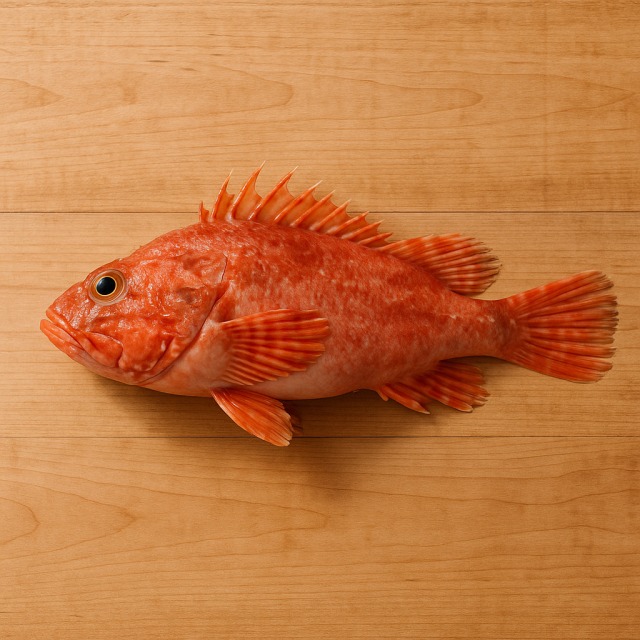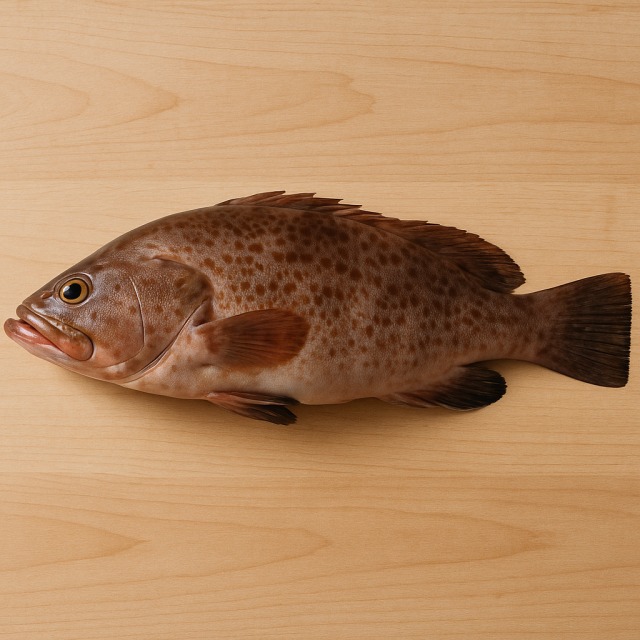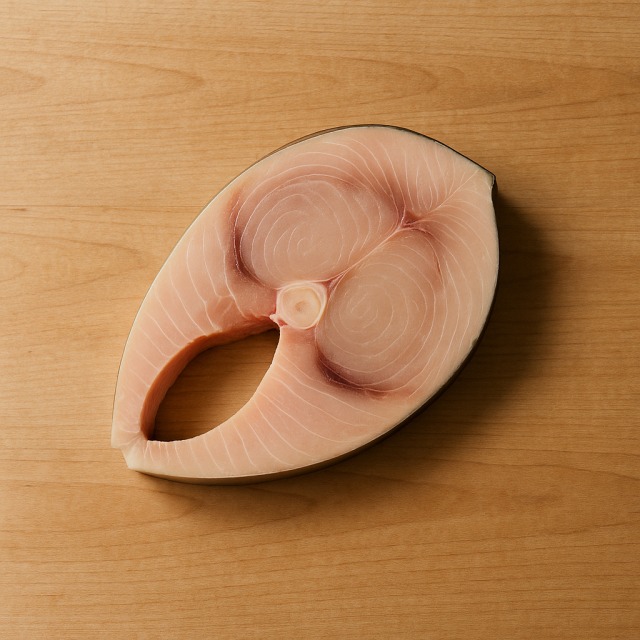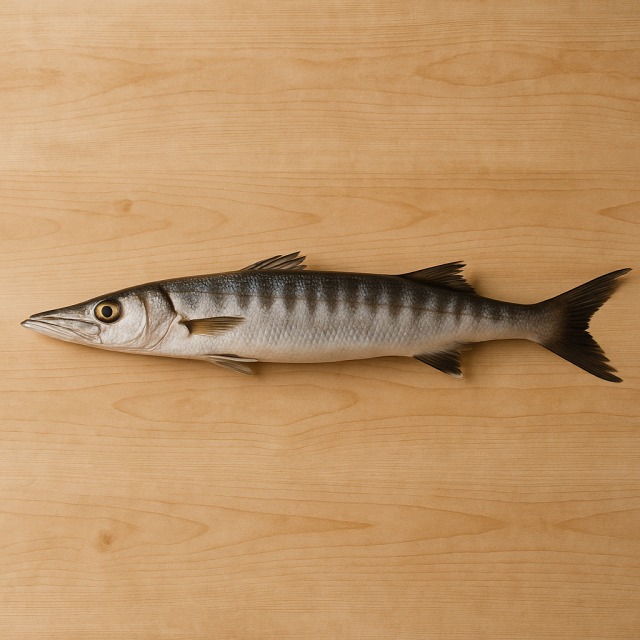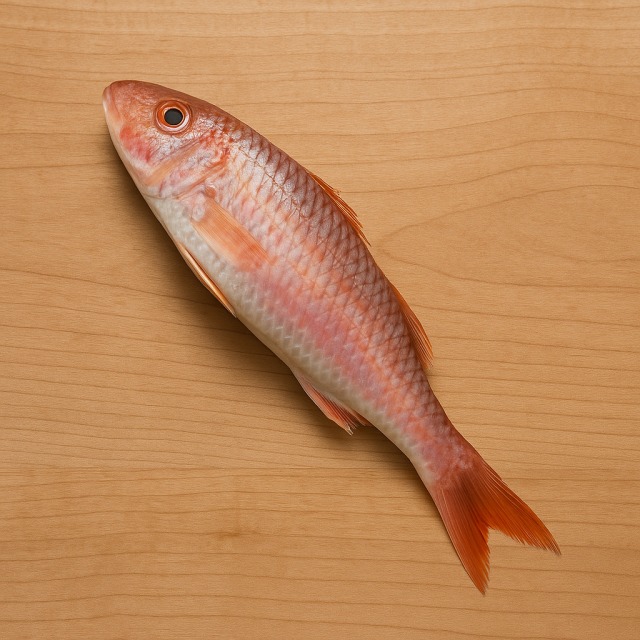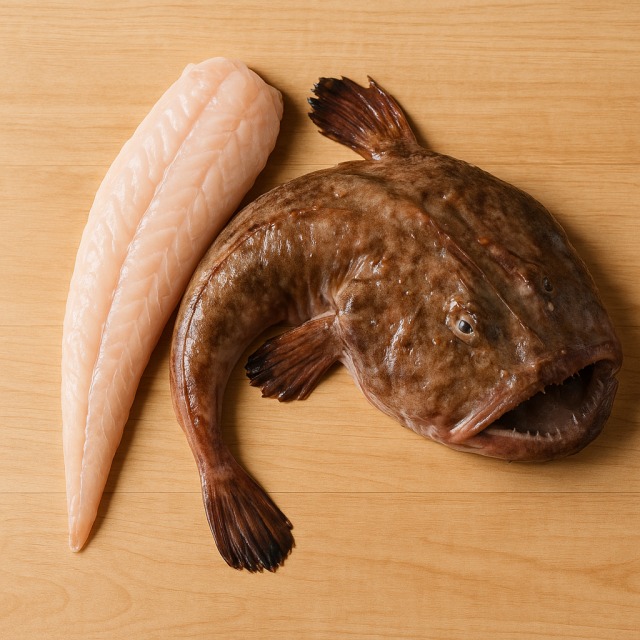Calorie Chart / Fish / Pike
How Many Calories Are in Pike?
Calculation of the nutritional value & Recommended Dietary Intake of pike
For g and a calorie requirement of kcal
| Calories 143 kcal | Proteins 32 g | Lipids 1.5 g | Carbohydrates 0 g |
| 7% | 43% | 2% | 0% |
Health benefits of pike
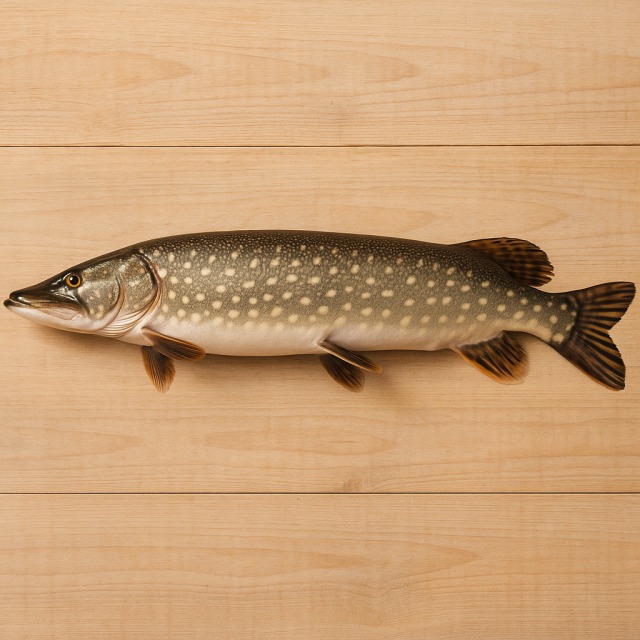
Pike - 100g
Calories 95 kcal
Proteins 21.5 g
Lipids 1 g
Carbohydrates 0 g
Pike is a freshwater predator renowned for its firm white flesh and remarkably low calories, making it a useful ally wherever controlling calories is a priority. Thanks to this naturally lean profile, pike is usually classified as a low-calorie source of animal protein.
The fish supplies complete proteins rich in essential amino acids while contributing very few calories from fat (it contains only trace lipids). It delivers appreciable amounts of vitamin B12 and niacin (B3), minerals such as selenium and phosphorus, as well as a modest dose of vitamin D. Although its omega-3 content is lower than that of oily fish, it still helps balance the diet without a significant calorie burden.
Pike is also interesting for people tracking calories because it offers satiety: a protein-dense portion can curb appetite without pushing daily calories too high. Another supposed benefit often mentioned by anglers is the fish's relatively low mercury level compared with many marine predators; this may further reassure consumers who watch both nutrients and calories.
Historically, pike graced medieval banquets throughout Europe, prized for its length (specimens over one meter are common) and its ability to live for decades. These curiosities add cultural flavor without adding calories, yet they underline why the species has stayed on our plates for centuries.
Tips for incorporating pike into a balanced diet
Grilled pike fillet with a squeeze of lemon and fresh herbs is a classic way to enjoy plenty of protein for very few calories. Serve it with steamed broccoli or tender asparagus to keep the whole plate light in calories while packing fiber and micronutrients.
If you want a traditional recipe, think of pike quenelles. The original Lyonnaise version includes béchamel, which raises calories; replace part of the sauce with light crème fraîche to keep the calories in check while preserving the airy texture.
Endurance athletes who actually need extra calories can pair pan-seared pike with a portion of brown rice or creamy mashed potatoes. Conversely, anyone aiming to reduce calories further can enjoy cold pike flakes in a green salad of crisp lettuce dressed with a drizzle of light vinaigrette.
Because pike's flavor is subtle, a brief marinade in soy sauce, ginger, and garlic brings depth without piling on calories. Whatever the preparation, remember that gentle steaming, poaching, or oven-baking will always protect nutrients and keep added calories to a minimum.
Frequently Asked Questions
- How many calories are in pike?
- There are 95 kcal per 100 g.
- Is pike considered a low-calorie fish?
- Yes, pike is categorized as low-calorie because its lean flesh supplies high protein and almost no fat, so the calories remain modest compared with many other animal sources.
- Does pike have fewer calories than salmon?
- Absolutely; salmon is an oily fish and therefore provides more calories from healthy fat, while pike delivers fewer calories but also fewer omega-3 fatty acids.
- Which cooking methods keep pike calories lowest?
- Steaming, poaching, or baking in parchment add virtually no extra calories, unlike deep-frying or heavy cream sauces that can double total calories.
- Can pike help me reach a high-protein, low-calorie target?
- Yes, 100 g of pike contains over 20 g of protein for under 100 kcal, making it one of the most efficient ways to raise protein without inflating calories.
- Is pike suitable for a diet where I need more calories, such as bulking?
- It can be: simply combine pike with higher-energy side dishes (whole grains, starchy vegetables, healthy oils) to lift total calories while still benefiting from its lean protein.
Similar foods
Information provided by Calorie Menu may contain inaccuracies or errors. It cannot, under any circumstances, substitute medical advice or medication.
